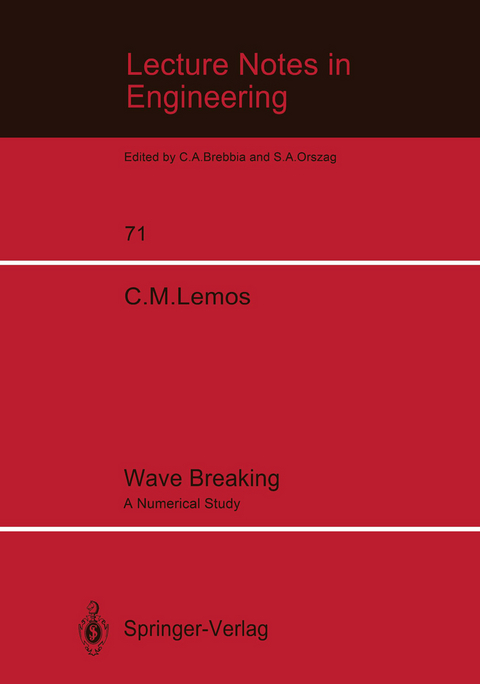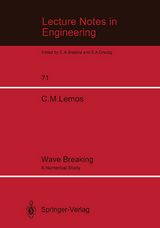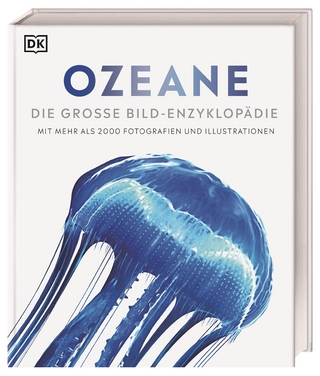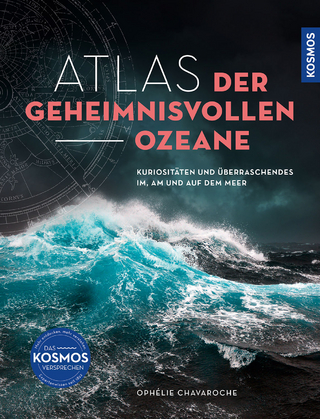Wave Breaking
Springer Berlin (Verlag)
978-3-540-54942-0 (ISBN)
ing two dimensional wave breaking in the vertical plane is
developed. The essential feature of this algorithm is the
combination of the Volume-of-Fluid (VOF) technique for arbi-
trary free surfaces and the k-E turbulence model. This me-
thodology allows a self-contained study for wave transforma-
tion processes in shallow water before, during and after
breaking. This capability is illustrated in several calcula-
tions.
This book will be of interest for final year graduates,
postgraduates and researchers working in the fields of tur-
bulence modelling, wave hydrodynamics, coastal engineering,
and oceanography of coastal regions.
1: Introduction.- 1.1 Nature and scope of the work.- 1.2 Methodology.- 1.3 Innovations and conclusions.- 2: General aspects of incompressible flow. Theoretical review.- 2.1 Introduction.- 2.2 The Navier-Stokes equations for uniform, incompressible fluids.- 2.3 Initial and boundary conditions.- 2.4 The energy equation.- 2.5 The vorticity equation.- 2.6 The pressure Poisson equation for incompressible flows.- 2.7 General aspects of turbulent flows. Averaging methods and Reynolds equations.- 2.8 Turbulence transport equations.- 2.9 Turbulence models.- 2.10 Boundary conditions for K and ?.- 3: Mathematical modeling of breaking shallow water waves. Proposed methodology.- 3.1 Introduction.- 3.2 Physical processes.- 3.3 Mathematical descriptions.- 3.4 Wave theories for very shallow water.- 3.5 Summary of experimental investigations.- 3.6 Description of the proposed methodology.- 4: MAC-type methods for incompressible free-surface flows.- 4.1 Introduction.- 4.2 The choice of the mesh.- 4.3 The MAC (Marker-And-Cell) method.- 4.4 The projection method.- 4.5 The SMAC (Simplified-Marker-And-Cell) method.- 4.6 The pressure-velocity iteration method.- 4.7 Numerical treatment of free-surfaces.- 4.8 Stability considerations.- 4.9 Conclusions.- 5: Description of the numerical model.- 5.1 Introduction.- 5.2 Momentum equation approximations.- 5.3 Continuity equation approximation.- 5.4 Approximations for the K and ? equations.- 5.5 Updating the fluid configuration.- 5.6 Velocity boundary conditions.- 5.7 Boundary conditions for the K and ? equations.- 5.8 Initial conditions for the K and ? equations.- 5.9 Stability considerations.- 5.10 Programming considerations.- 5.11 Selected test problems.- 6: Numerical simulation of shallow water waves.- 6.1 Introduction.- 6.2 Propagation ofa solitary wave over a horizontal bottom.- 6.3 Collision between solitary waves.- 6.4 Simulation of undular, transitional and turbulent hydraulic jumps.- 6.5 Breaking of a solitary wave over a slope.- 6.6 Breaking of a train of solitary waves over a slope.- 7: Conclusions. Future research and development.- 7.1 Summary and conclusions.- 7.2 Future research and development.- References.
| Erscheint lt. Verlag | 5.3.1992 |
|---|---|
| Reihe/Serie | Lecture Notes in Engineering |
| Zusatzinfo | VIII, 196 p. |
| Verlagsort | Berlin |
| Sprache | englisch |
| Maße | 170 x 242 mm |
| Gewicht | 365 g |
| Themenwelt | Mathematik / Informatik ► Mathematik |
| Naturwissenschaften ► Geowissenschaften ► Hydrologie / Ozeanografie | |
| Naturwissenschaften ► Physik / Astronomie ► Mechanik | |
| Naturwissenschaften ► Physik / Astronomie ► Strömungsmechanik | |
| Technik ► Bauwesen | |
| Technik ► Maschinenbau | |
| Schlagworte | Coastal engineering • combinatorics • computational fluid dynamics • convection • Dynamik • fluid- and aerodynamics • Fluid Dynamics • Free-surface • Hydrodynamics • Hydrodynamik • Navier-Stokes Equation • Numerical Algorithm • numerischer Algorithmus • Turbulence • Turbulenz |
| ISBN-10 | 3-540-54942-0 / 3540549420 |
| ISBN-13 | 978-3-540-54942-0 / 9783540549420 |
| Zustand | Neuware |
| Haben Sie eine Frage zum Produkt? |
aus dem Bereich




